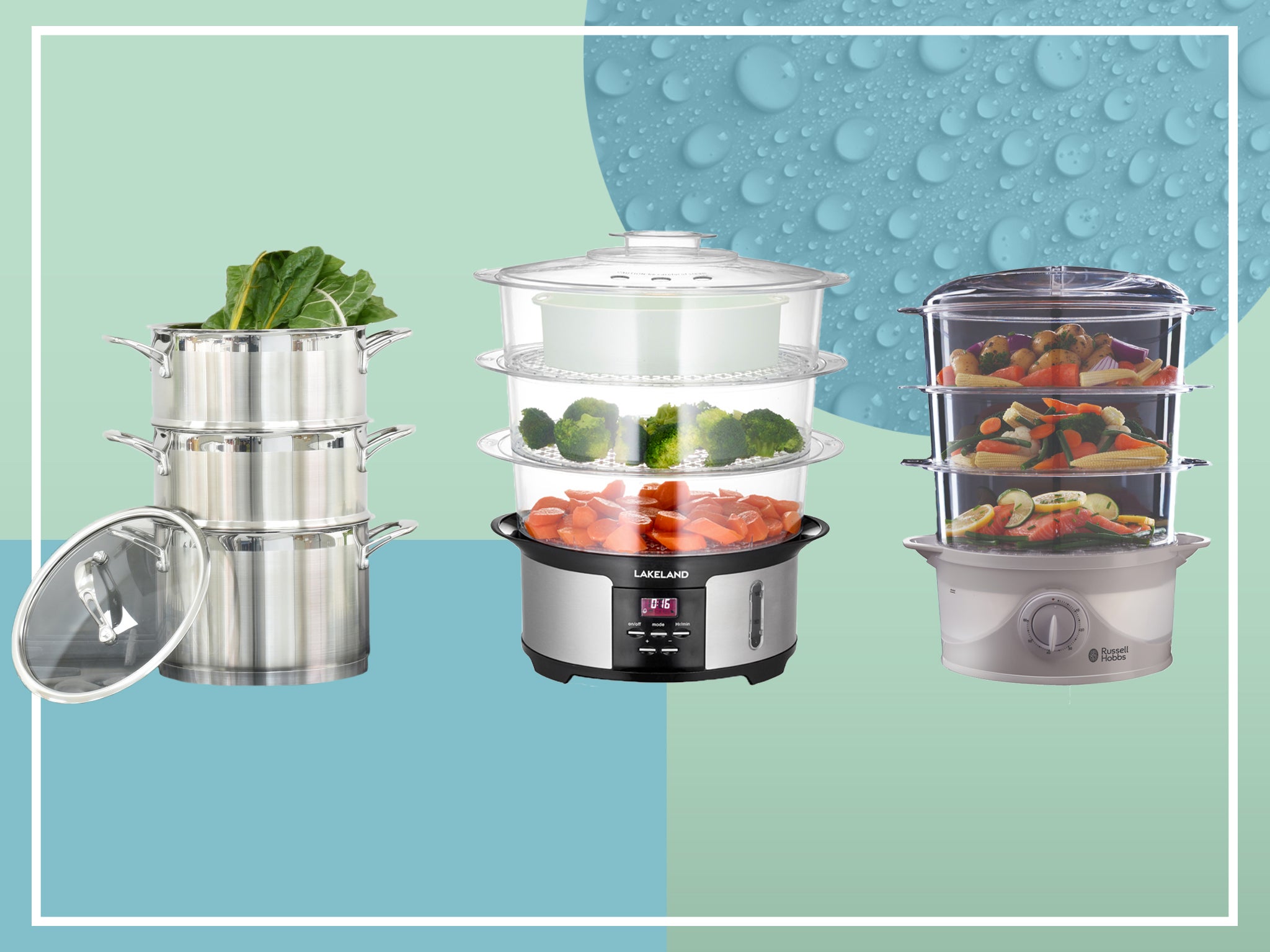

Articles
How To Use A Steamer For Food
Modified: August 30, 2024
Discover the best ways to use a steamer for cooking food with our informative articles. Learn how to steam vegetables, fish, and more for healthier meals.
(Many of the links in this article redirect to a specific reviewed product. Your purchase of these products through affiliate links helps to generate commission for Storables.com, at no extra cost. Learn more)
Introduction
Steaming is a versatile and healthy cooking method that has been used for centuries. It involves cooking food by exposing it to steam, which helps retain the nutrients, flavors, and textures of the ingredients. Whether you’re a seasoned chef or just starting to explore the culinary world, using a steamer for food preparation is a skill worth mastering.
Steaming food not only preserves its nutritional value but also enhances its natural flavors while keeping it tender and moist. From vegetables and seafood to grains and desserts, steaming offers a wide range of possibilities for creating delicious and nutritious meals. In this article, we will explore the benefits of using a steamer for cooking, how to choose the right steamer for your needs, and provide tips and techniques for steaming various types of food.
Key Takeaways:
- Steaming food preserves nutrients, enhances flavors, and offers versatile cooking options. From vegetables to desserts, a steamer is a valuable tool for creating healthy and delicious meals with ease.
- Choosing the right steamer, proper food preparation, and mastering steaming techniques are essential for achieving flavorful and nutritious results. Embrace the art of steaming to unlock a world of culinary possibilities.
Read more: How To Use A Steamer
Benefits of Using a Steamer for Food
Using a steamer for food preparation offers several benefits that make it a popular cooking method among health-conscious individuals. Here are some of the advantages of steaming food:
- Retains Nutrients: Steaming preserves the natural vitamins, minerals, and antioxidants present in the food. Unlike boiling, where nutrients can leach into the water, steaming helps retain these essential components, ensuring a healthier meal.
- Preserves Flavors and Textures: Steaming allows the food to cook gently and evenly, preserving its natural flavors and textures. It keeps vegetables crisp, seafood tender, and meats juicy.
- Low-Fat Cooking: Steaming requires no additional fats or oils, making it an ideal cooking method for those watching their fat intake. It helps reduce calories while still delivering delicious and satisfying meals.
- No Loss of Color: Steaming helps maintain the vibrant colors of vegetables, making them visually appealing and appetizing. This not only enhances the presentation of your dishes but also indicates that the nutrients are still intact.
- Easy and Convenient: Steaming is a simple and hassle-free cooking method. Once you set up the steamer, you can let it do the work while you attend to other tasks in the kitchen. Additionally, cleaning up is a breeze as there are no greasy pans or grills to scrub.
- Versatile Cooking: A steamer allows you to cook a wide range of foods, including vegetables, seafood, poultry, rice, grains, and even desserts. This versatility makes it a valuable kitchen tool for creating diverse and healthy meals.
By incorporating steaming into your cooking repertoire, you can enjoy the benefits of both flavor and nutrition in your meals. In the next section, we will explore how to choose the right steamer to suit your needs.
Choosing the Right Steamer
When it comes to choosing a steamer for your culinary adventures, there are several options available. Here are some factors to consider to help you select the right steamer for your needs:
- Type of Steamer: There are three main types of steamers: stove-top steamers, electric steamers, and microwave steamers. Stove-top steamers are traditional and require a stove burner to heat the water. Electric steamers are standalone appliances that offer more control over temperature and cooking times. Microwave steamers are compact and convenient, suitable for quick steaming.
- Capacity: Determine the amount of food you plan to steam regularly. Steamers come in different sizes, ranging from small ones that can accommodate a few servings to large ones that can steam a whole meal for a family. Consider your cooking needs to choose the appropriate capacity.
- Material: Look for steamers made from food-grade materials such as stainless steel or BPA-free plastic. These materials are safe, durable, and non-reactive, ensuring that your food remains uncontaminated and retains its quality.
- Features: Consider the features that would enhance your steaming experience. Some steamers come with multiple compartments, allowing you to steam different foods simultaneously. Others may have timers, automatic shut-off functions, or adjustable temperature controls for precise cooking.
- Ease of Use and Cleaning: Opt for a steamer that is user-friendly and easy to clean. Look for removable parts that are dishwasher safe or easy to hand wash. A steamer with fewer crevices and hard-to-reach areas simplifies the cleaning process and saves you time.
- Reviews and Recommendations: Read customer reviews and seek recommendations from trusted sources to gauge the performance and reliability of different steamers. Feedback from other users can help you make an informed decision.
Once you have selected the right steamer, you’re ready to start preparing food for steaming. The next section will guide you through the proper techniques for preparing various types of food for steaming.
Preparing Food for Steaming
Properly preparing the food before steaming is crucial to achieve the best results. Here are some general guidelines for preparing different types of food for steaming:
- Vegetables: Start by washing the vegetables thoroughly to remove any dirt or debris. Trim off the ends or any undesirable parts. For larger vegetables, such as broccoli or cauliflower, you can cut them into smaller florets for faster and more even cooking. Leafy greens like spinach or kale can be steamed as whole leaves or torn into smaller pieces.
- Seafood: Fresh seafood should be cleaned and deveined, if necessary. You can season it with a sprinkle of salt, pepper, and some lemon juice to enhance the flavor. Whole fish can be steamed with a simple marinade or stuffed with aromatic herbs and spices.
- Poultry: Remove any excess fat and prepare the poultry by seasoning it with herbs, spices, or a marinade of your choice. If you’re steaming chicken breast or turkey cutlets, consider pounding them to an even thickness for consistent cooking.
- Rice and Grains: Rinse the rice or grains under cold water until the water runs clear to remove any impurities. Soaking them for at least 30 minutes before steaming can help improve their texture and shorten the cooking time. You can also add aromatics like bay leaves or herbs to infuse more flavor into the grains.
- Dumplings and Buns: If you’re making dumplings or buns from scratch, prepare the dough according to the recipe. Shape the dumplings or buns and place them on parchment paper or cabbage leaves to prevent sticking. Allow them to rise for a few minutes before steaming.
- Desserts: Sweet treats like custards, puddings, or cakes can also be steamed. Prepare the batter or mixture as per the recipe and pour it into heatproof molds or dishes. Make sure to leave some room for expansion as the dessert cooks.
Remember to adjust the cooking time according to the size and thickness of the food. Thinner and smaller pieces will cook faster, while thicker and larger portions will require more time. With preparation complete, let’s explore the specific techniques for steaming various types of food in the following sections.
Steaming Vegetables
Steaming vegetables is a fantastic way to cook them while retaining their vibrant colors, nutrients, and crispiness. Here’s a step-by-step guide on steaming vegetables to perfection:
- Prep the vegetables: Wash the vegetables thoroughly and trim off any stems or leaves. Cut them into uniform pieces to ensure even cooking.
- Boil the water: Fill the bottom of your steamer pot with about an inch of water. Bring the water to a boil over medium heat.
- Arrange the vegetables: Place the vegetables in a single layer in the steamer basket. If you’re steaming a variety of vegetables with different cooking times, start with the longer-cooking ones and add the quicker-cooking ones later.
- Steam the vegetables: Place the steamer basket over the boiling water, cover the pot with a lid, and let the vegetables steam for the appropriate amount of time. As a general guideline, most vegetables will take around 5-10 minutes to cook, depending on their size and thickness. Test the doneness by inserting a fork into the vegetables; they should be tender yet still slightly crisp.
- Season and serve: Once the vegetables are cooked to your desired level of tenderness, remove them from the steamer and season them with salt, pepper, herbs, or a drizzle of olive oil for added flavor. Serve them as a side dish or use them in salads, stir-fries, or other recipes.
Some vegetables that are particularly well-suited for steaming include broccoli, carrots, cauliflower, Brussels sprouts, asparagus, green beans, and zucchini. Steaming these vegetables not only preserves their nutrients but also enhances their natural flavors and maintains their vibrant colors, making them both visually appealing and delicious.
In the next section, we’ll explore the art of steaming seafood and how to achieve perfectly cooked fish, shrimp, and other delights from the sea.
Read more: How To Use A Steamer Insert
Steaming Seafood
Steaming seafood is a gentle and healthy cooking method that allows the flavors and delicate textures of fish, shrimp, and other seafood to shine. Here’s a simple guide to steaming seafood to achieve moist, tender, and flavorful results:
- Prepare the seafood: Clean and devein shrimp, remove any scales or bones from fish fillets, and ensure that the seafood is fresh and of high quality.
- Season and marinate (optional): You can season the seafood with salt, pepper, or your favorite spices to enhance the flavor. For added depth, marinate the seafood in a mixture of soy sauce, garlic, ginger, or citrus juice for about 15-30 minutes.
- Setup the steamer: Fill the bottom of your steamer pot with water and bring it to a simmer. Place the seafood on a heatproof dish or on a steamer tray lined with non-stick parchment paper or cabbage leaves.
- Steam the seafood: Carefully place the dish or tray with the seafood in the steamer over the simmering water. Cover the pot tightly with a lid to trap the steam. The cooking time will depend on the type and thickness of the seafood. As a general guideline, shrimp usually take 4-6 minutes, while fish fillets require about 8-12 minutes per inch of thickness.
- Check for doneness: To check if the seafood is cooked, insert a fork or the tip of a knife into the thickest part of the fish or the center of a shrimp. The flesh should be opaque and flaky, while shrimp should turn pink and have a firm texture.
- Serve and enjoy: Remove the seafood from the steamer, drizzle with a squeeze of lemon juice, and garnish with fresh herbs if desired. Serve it as a main course or use it in salads, pasta dishes, or stir-fries.
Steaming seafood ensures that it remains moist and flavorful, without the need for excessive oils or fats. It’s important not to overcook seafood, as it can become rubbery and lose its delicate texture. With practice, you’ll be able to achieve perfectly steamed seafood every time.
Next, we’ll dive into the world of steaming poultry, where you can enjoy succulent and tender chicken, turkey, and other fowl favorites.
Steaming Poultry
Steaming poultry is a healthy and convenient way to cook chicken, turkey, and other types of poultry. It helps to retain moisture and results in tender, juicy meat. Here’s a step-by-step guide on how to steam poultry:
- Prep the poultry: Start by cleaning the poultry thoroughly and removing any excess fat. You can leave the skin on for added flavor and moisture, or remove it if you prefer a leaner option.
- Season the poultry: Generously season the poultry with your favorite herbs, spices, or marinades. You can use combinations like garlic, thyme, rosemary, paprika, or lemon juice to infuse the meat with delicious flavors.
- Setup the steamer: Place a heatproof dish or a steamer basket in the steamer pot. Ensure that there is enough space between the poultry pieces for the steam to circulate evenly.
- Steam the poultry: Fill the steamer pot with water, making sure it does not touch the poultry. Bring the water to a gentle simmer over medium heat. Cover the pot tightly with a lid and let the poultry steam for the appropriate cooking time. As a general guideline, chicken breasts or small pieces will take about 15-20 minutes, while whole chicken or larger cuts may take 45 minutes to an hour.
- Check for doneness: To check if the poultry is cooked through, insert a meat thermometer into the thickest part of the meat. The internal temperature should reach between 165-175°F (74-79°C) for poultry to be safe to consume.
- Rest and serve: Once the poultry reaches the desired temperature, remove it from the steamer and let it rest for a few minutes before serving. This allows the juices to redistribute, resulting in more flavorful and succulent meat.
Steaming poultry retains its natural flavors and nutrients without the need for additional fats or oils. It’s a great cooking method for those seeking a healthier alternative to frying or roasting. Steamed poultry can be enjoyed on its own as a main course or used in various recipes like salads, sandwiches, stir-fries, or soups.
In the next section, we’ll explore how to steam rice and grains perfectly, creating fluffy and flavorful results every time.
When using a steamer for food, make sure to arrange the food in a single layer to ensure even cooking. Check the water level periodically to prevent it from running dry.
Steaming Rice and Grains
Steaming rice and grains is a foolproof way to achieve fluffy, perfectly cooked results with minimal effort. Here’s a step-by-step guide on how to steam rice and grains:
- Rinse the rice or grains: Rinse the rice or grains under cold water until the water runs clear. This step removes excess starch and impurities, resulting in a cleaner and fluffier final product.
- Soak the rice or grains (optional): Soaking the rice or grains for 20-30 minutes before steaming can help improve their texture and shorten the cooking time. However, this step is optional and can be skipped if desired.
- Measure the water: Use the appropriate ratio of water to rice or grains. The general guideline for white rice is 1 ½ cups of water for every cup of rice. Adjust the ratio according to the specific type of grain you are steaming.
- Setup the steamer: Fill the bottom of the steamer pot with water, making sure it does not touch the steamer basket. Place the rice or grains in a heatproof dish or a steamer tray lined with non-stick parchment paper to prevent sticking and allow steam to circulate.
- Steam the rice or grains: Bring the water in the steamer pot to a simmer over medium heat. Place the dish or tray with the rice or grains on top of the steamer, cover the pot tightly with a lid, and let it steam for the appropriate cooking time. As a general guideline, white rice usually takes 15-20 minutes, while brown rice and other grains may require 30-45 minutes.
- Fluff and rest: Once the rice or grains are steamed, remove them from the steamer and let them rest for a few minutes. Use a fork to fluff the rice or grains gently, which helps to separate the grains and release any excess moisture.
Steaming rice and grains results in light, fluffy, and perfectly cooked textures. It ensures that the grains are evenly cooked and avoids the risk of them becoming mushy or sticky. Steamed rice and grains are versatile and can be served as a side dish, used in salads, stir-fries, or casseroles, or enjoyed as a wholesome main course.
Next, let’s explore the art of steaming dumplings and buns, where you can enjoy the delicate and flavorful delights of these delicious treats.
Steaming Dumplings and Buns
Steaming dumplings and buns is a popular cooking method that results in tender, juicy, and flavorful treats. Here’s a step-by-step guide on how to steam dumplings and buns to perfection:
- Prepare the dumplings or buns: Whether store-bought or homemade, make sure the dumplings or buns are ready for steaming. If making them from scratch, follow the recipe to prepare the dough and fillings.
- Line the steamer: Line the steamer basket or tray with parchment paper or cabbage leaves to prevent sticking. This will ensure that the dumplings or buns do not tear or lose their shape during steaming.
- Arrange the dumplings or buns: Place the dumplings or buns in a single layer on the lined steamer basket or tray, leaving some space between them to allow for expansion as they cook.
- Setup the steamer: Fill the steamer pot with water, making sure it does not touch the bottom of the steamer basket or tray. Place the steamer basket or tray with the dumplings or buns on top of the pot.
- Steam the dumplings or buns: Cover the steamer pot tightly with a lid and bring the water to a simmer over medium heat. Steam the dumplings or buns for the recommended cooking time, which is typically around 10-15 minutes. The cooking time may vary depending on the size and type of dumplings or buns.
- Check for doneness: To check if the dumplings or buns are cooked, insert a toothpick or skewer into the center of one. It should come out clean, indicating that the dough is cooked through.
- Serve and enjoy: Once cooked, carefully remove the steamer basket or tray from the pot. Serve the dumplings or buns hot, as they are, or with dipping sauces for added flavor.
Steamed dumplings and buns are a delicious and satisfying treat that can be enjoyed as appetizers, snacks, or even as a main course. They come in various flavors and fillings, from savory to sweet, and are commonly found in Asian cuisines. Steaming ensures that the dough cooks evenly and retains its soft and fluffy texture, making each bite a delight.
In the next section, we’ll explore how to steam desserts, creating a delectable array of treats that will satisfy your sweet tooth.
Read more: How To Use A Steamer On A Suit
Steaming Desserts
Steaming desserts is a unique and delightful cooking method that results in moist, tender, and flavorful treats. Here’s a step-by-step guide on how to steam desserts to create a delectable array of sweet delights:
- Prepare the dessert: Whether it’s a custard, pudding, cake, or other sweet treat, ensure that your dessert is prepared and ready for steaming. Follow the recipe for the specific dessert you’re making.
- Grease the molds or dishes: To prevent sticking, lightly grease the molds or dishes that will hold your dessert. You can use butter or cooking spray for this purpose.
- Fill the molds or dishes: Pour the prepared dessert mixture into the greased molds or dishes, making sure not to overfill them. Leave some room for the dessert to expand as it steams.
- Setup the steamer: Fill the steamer pot with water, making sure it doesn’t touch the bottom of the steamer basket or trays. Place the molds or dishes with the dessert mixture on the steamer basket or tray.
- Steam the desserts: Cover the steamer pot tightly with a lid and bring the water to a simmer over medium heat. Steam the desserts for the recommended cooking time, which will vary depending on the specific dessert. As a general guideline, custards and puddings may take around 20-30 minutes, while cakes or buns may require 30-45 minutes.
- Check for doneness: To check if the desserts are cooked through, insert a toothpick or skewer into the center. It should come out clean or with a few moist crumbs clinging to it, indicating that the dessert is done.
- Cool and serve: Once cooked, carefully remove the steamer basket or trays from the pot and let the desserts cool slightly before serving. You can serve them warm or chilled, depending on your preference.
Steamed desserts offer a unique and moist texture, with flavors that infuse and meld together beautifully. From comforting custards and puddings to fluffy cakes and buns, steamed desserts are a delightful way to satisfy your sweet tooth and impress your guests.
In the next section, we’ll share some useful tips for using a steamer to enhance your cooking experience even further.
Tips for Using a Steamer
Using a steamer for cooking can be an enjoyable and efficient way to prepare a variety of dishes. Here are some useful tips to enhance your steaming experience:
- Use fresh ingredients: Choose fresh and high-quality ingredients for steaming. The flavors and textures will be enhanced when starting with the best ingredients.
- Properly season the food: Season the food with herbs, spices, marinades, or sauces before steaming to add flavor. Steaming can enhance the natural flavors of the ingredients, so proper seasoning is essential.
- Arrange food properly: Properly arrange the food in the steamer to ensure even cooking. Arrange smaller and thinner pieces on the top and larger or thicker pieces at the bottom.
- Don’t overcrowd the steamer: Leave enough space between the food items to allow steam to circulate freely. Overcrowding can result in uneven cooking and longer cooking times.
- Monitor the water level: Keep an eye on the water level in the steamer pot. Add more water if necessary during the cooking process to maintain a steady steam supply.
- Check for doneness: Use the appropriate cooking times as a guideline, but always check for doneness. Use a thermometer or insert a fork or toothpick to ensure that the food is cooked to the desired level.
- Let the food rest: Allow steamed food to rest for a few minutes before serving. This allows the flavors to meld and the food to become more tender.
- Experiment with flavors: Don’t be afraid to experiment with different herbs, spices, and marinades to create unique flavors in your steamed dishes. Steaming provides a great opportunity to infuse aromatic ingredients into your food.
- Use herbs and aromatics: Add aromatic herbs, such as thyme, rosemary, or lemongrass, into the steaming liquid for an extra layer of flavor. As the steam rises, it will subtly infuse the food.
- Resist the urge to peek: Avoid lifting the lid of the steamer unnecessarily during the cooking process. Each time you lift the lid, you release the steam and may disrupt the cooking process.
- Clean the steamer thoroughly: Clean the steamer after each use to remove any food residue or odors. Follow the manufacturer’s instructions for cleaning the steamer to ensure its longevity.
With these tips in mind, you’ll be well-equipped to make the most out of your steaming adventures in the kitchen. Whether you’re steaming vegetables, seafood, poultry, rice, grains, dumplings, or desserts, these tips will help you achieve delicious and healthy results every time.
In the next section, we’ll discuss the importance of cleaning and maintaining your steamer for optimal performance and longevity.
Cleaning and Maintenance
Proper cleaning and maintenance of your steamer are important for ensuring its optimal performance and longevity. Here are some tips to help you keep your steamer in top shape:
- Allow it to cool: Before cleaning your steamer, ensure that it has completely cooled down. This helps protect you from burns and makes the cleaning process safer.
- Empty and discard the water: Dispose of any leftover water from the steamer pot and drain the water reservoir, if applicable. This helps prevent the buildup of bacteria or mineral deposits.
- Dismantle removable parts: If your steamer has removable parts, disassemble them carefully according to the manufacturer’s instructions. Common removable parts include the steamer basket, trays, drip tray, and water tank.
- Wash with warm soapy water: Wash the removable parts with warm soapy water, using a gentle dishwashing detergent. Use a sponge or a soft brush to remove any food residue, stains, or grease. Rinse thoroughly to remove all traces of soap.
- Remove mineral deposits: If you notice mineral deposits or limescale on any of the removable parts or the steamer surface, mix equal parts of water and vinegar. Soak a cloth or sponge in the mixture and wipe the affected areas. Rinse thoroughly afterward.
- Dry completely: After washing, ensure that all parts are completely dry before reassembling or storing them. Moisture can lead to the growth of mold or bacteria.
- Wipe the exterior: Use a damp cloth to wipe the exterior surfaces of the steamer to remove any dust or marks. Avoid using abrasive cleaners or scouring pads that may damage the surface.
- Store properly: Once the steamer and its parts are clean and dry, store them in a clean and dry place. Ensure that there is proper ventilation to prevent the growth of mold or mildew.
- Regular descaling: Depending on the quality of your water, mineral deposits may accumulate over time. Follow the manufacturer’s instructions on how to descale your specific steamer model to keep it functioning optimally.
By following these cleaning and maintenance tips, you can ensure that your steamer stays in excellent condition, providing you with years of delicious and healthy meals.
Now that you are equipped with knowledge on using, cleaning, and maintaining a steamer, you can confidently explore a wide range of recipes and create flavorful and nutritious meals with ease. Enhance your cooking skills and make the most of your steamer to unlock a world of culinary possibilities.
Good luck and happy steaming!
Conclusion
Using a steamer for food preparation is a wonderful way to create delicious and nutritious meals. Steaming retains the natural flavors, textures, and nutrients of the ingredients, making it a popular cooking method for health-conscious individuals. Whether you’re steaming vegetables, seafood, poultry, rice, grains, dumplings, or desserts, the possibilities are endless.
Throughout this article, we explored the benefits of using a steamer, the factors to consider when choosing the right steamer for your needs, and provided tips and techniques for steaming various types of food. We discussed the importance of properly preparing the food before steaming and how to achieve the best results with each ingredient.
Steaming vegetables helps to preserve their vibrant colors, nutrients, and crunch, while steaming seafood maintains its delicate flavors and textures. Steaming poultry ensures succulent and tender meat, while steaming rice and grains results in fluffy and perfectly cooked textures. Steaming dumplings and buns helps to create soft and flavorful treats, and steaming desserts adds moisture and richness to sweet delights.
We also shared valuable tips for using a steamer, including the proper arrangement of food, monitoring water levels, and experimenting with flavors. Additionally, we discussed the importance of cleaning and maintaining your steamer to ensure optimal performance and longevity.
By incorporating steaming into your culinary repertoire, you can embrace a healthier cooking method without sacrificing taste and enjoyment. So, dust off your steamer, gather your favorite ingredients, and embark on a delicious journey of steamed creations in your kitchen.
Remember to get creative, try new recipes, and adapt them to your taste preferences. Let your steamer become a versatile tool that allows you to explore diverse cuisines and unleash your culinary skills. Enjoy the numerous benefits of steaming, from nutrient retention to enhanced flavors, and savor the satisfaction of preparing wholesome meals for yourself and your loved ones.
Happy steaming and bon appétit!
Frequently Asked Questions about How To Use A Steamer For Food
Was this page helpful?
At Storables.com, we guarantee accurate and reliable information. Our content, validated by Expert Board Contributors, is crafted following stringent Editorial Policies. We're committed to providing you with well-researched, expert-backed insights for all your informational needs.
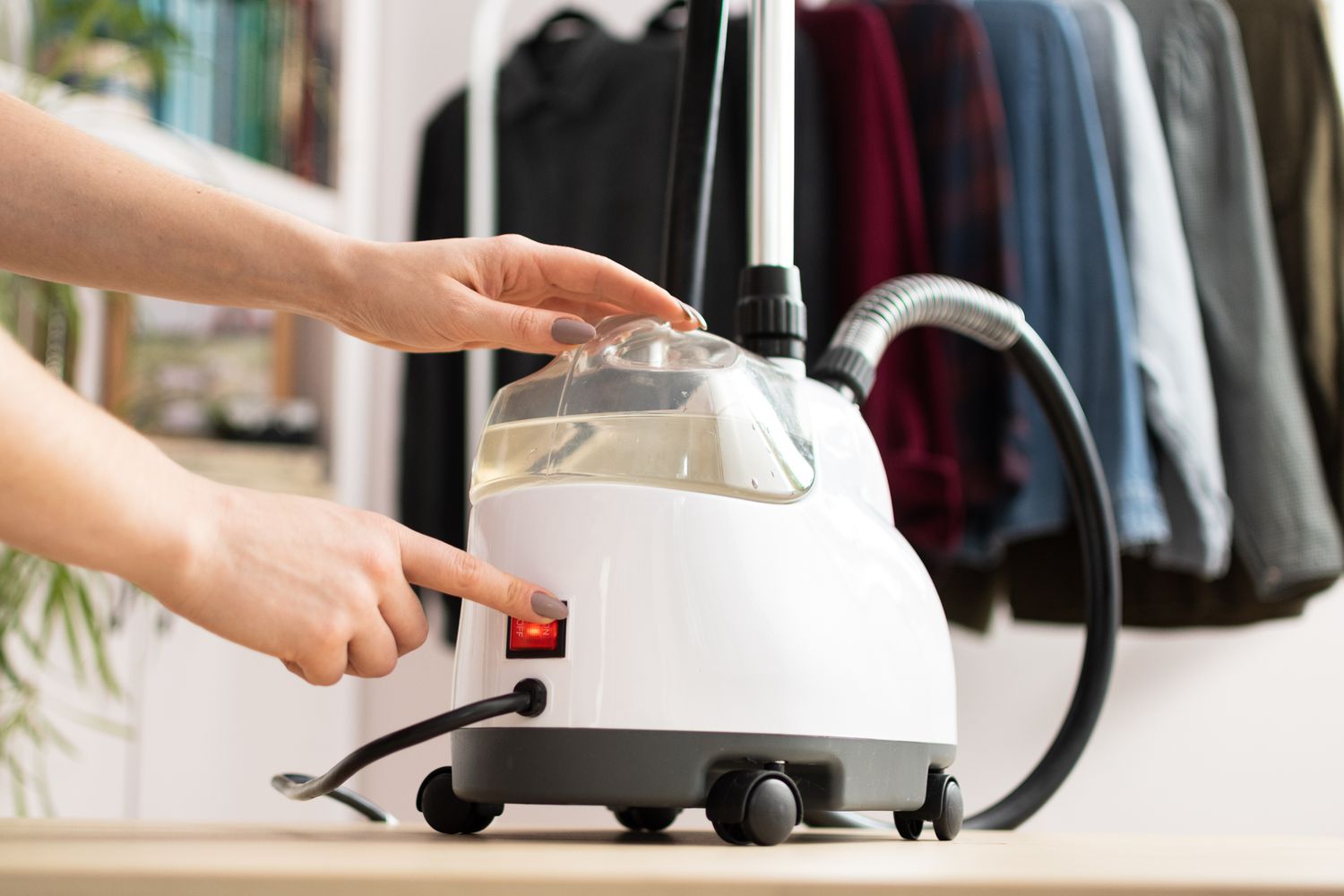
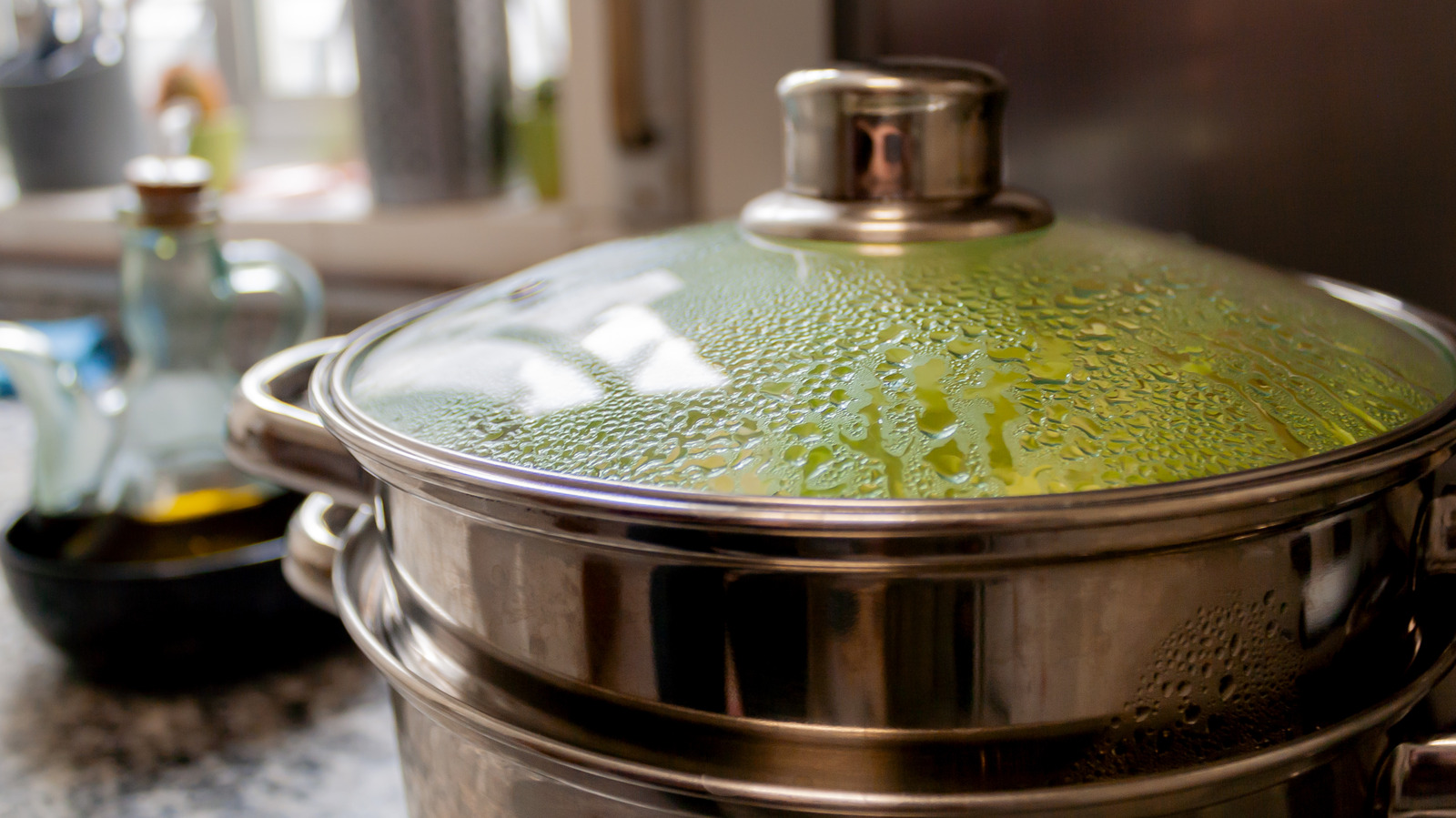
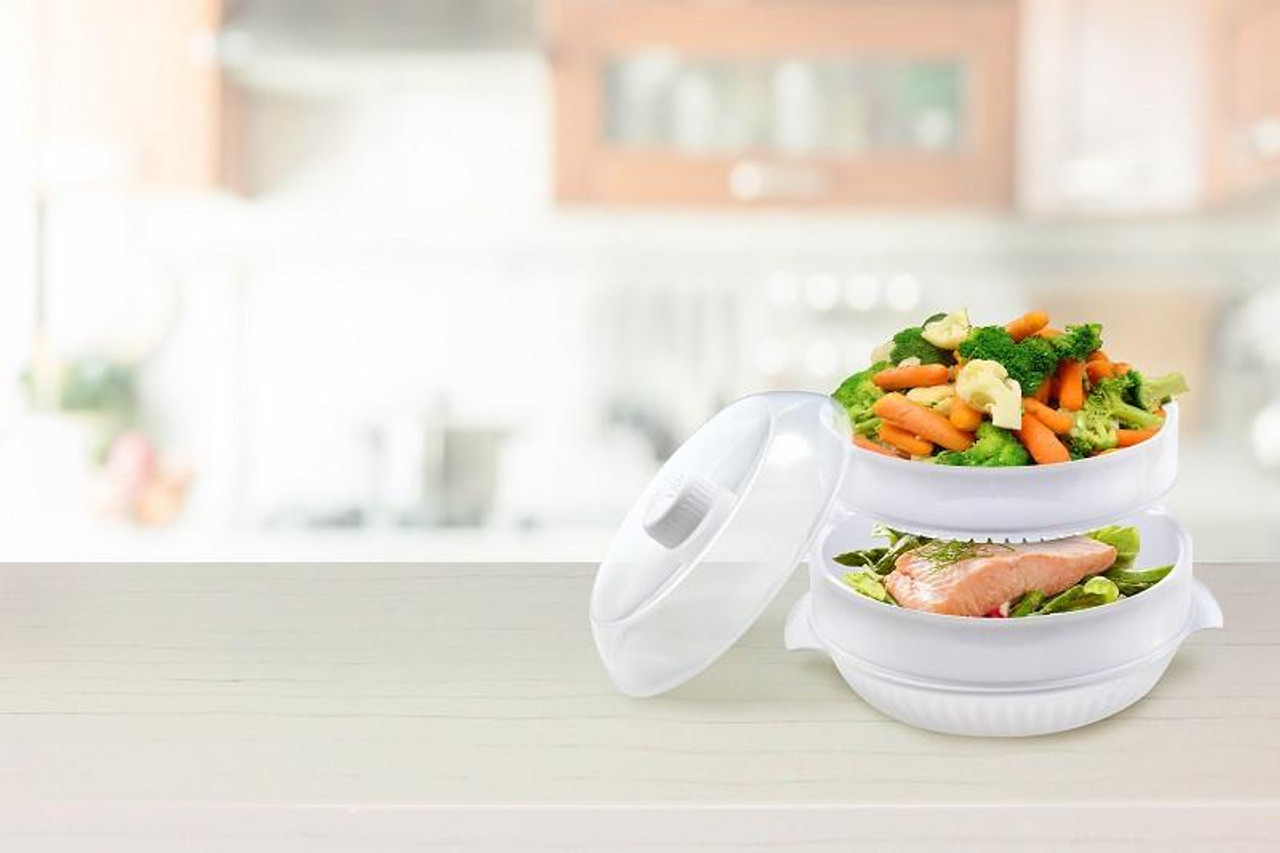
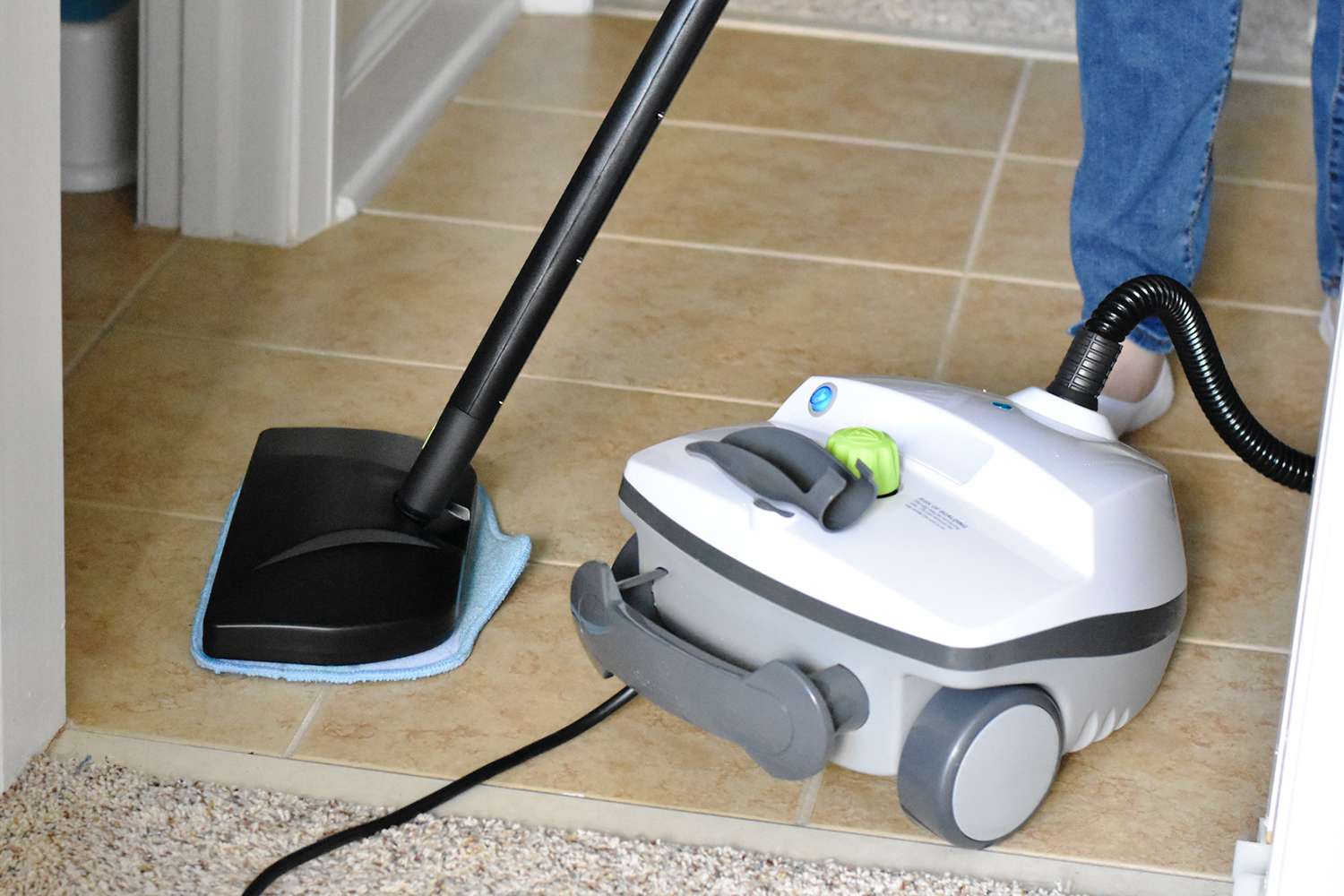

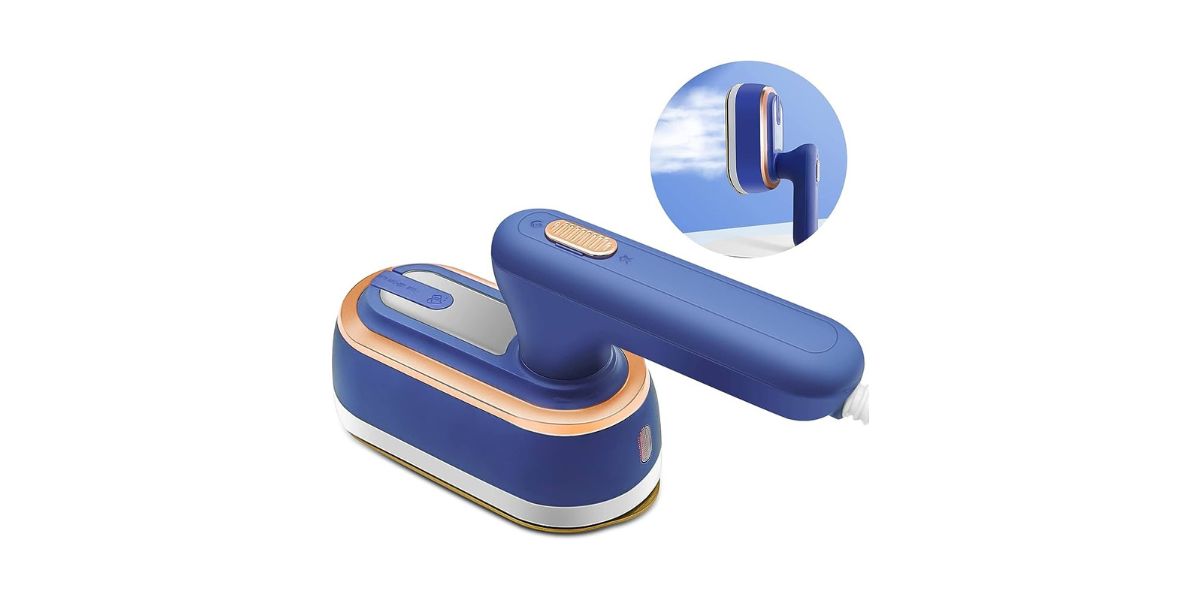


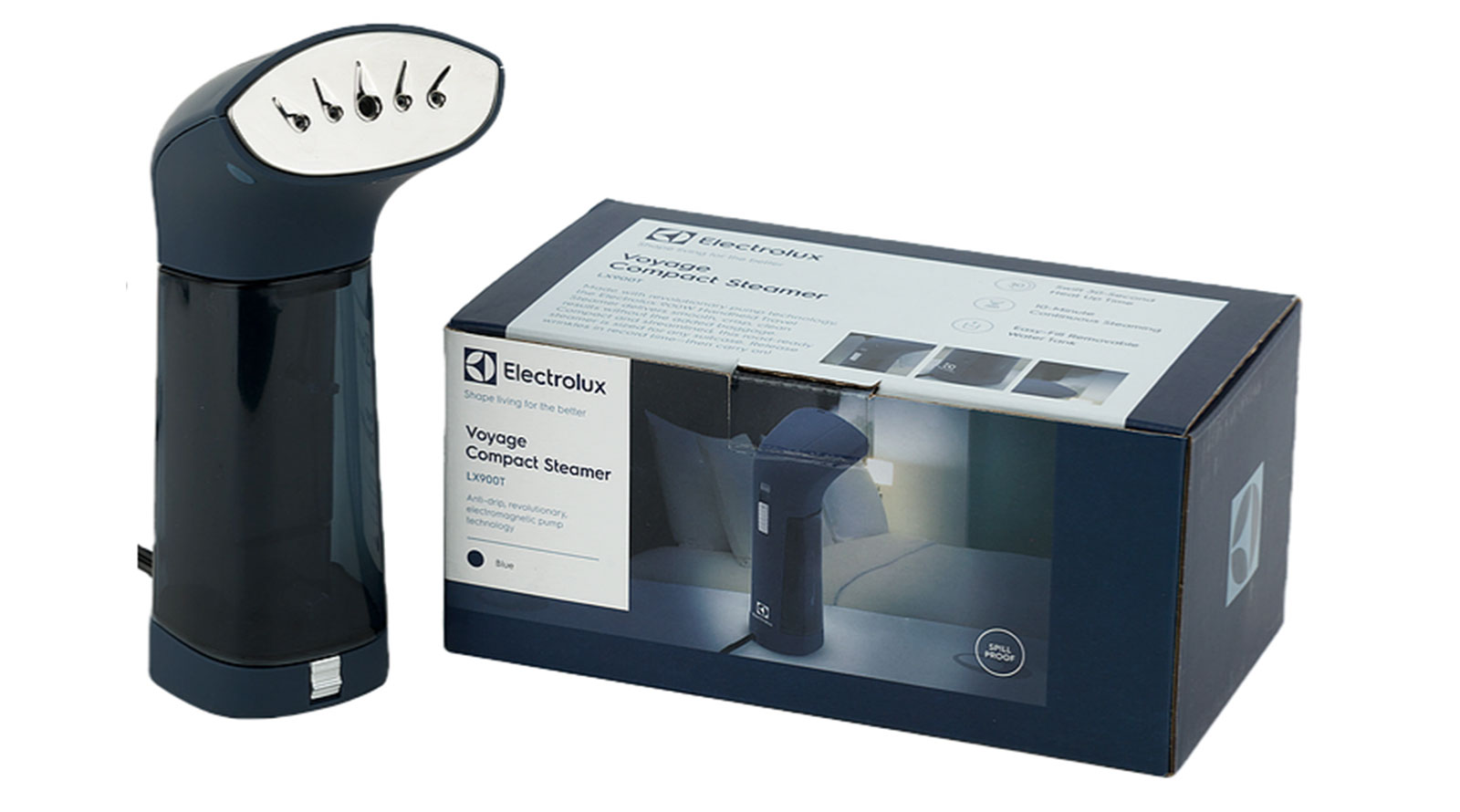
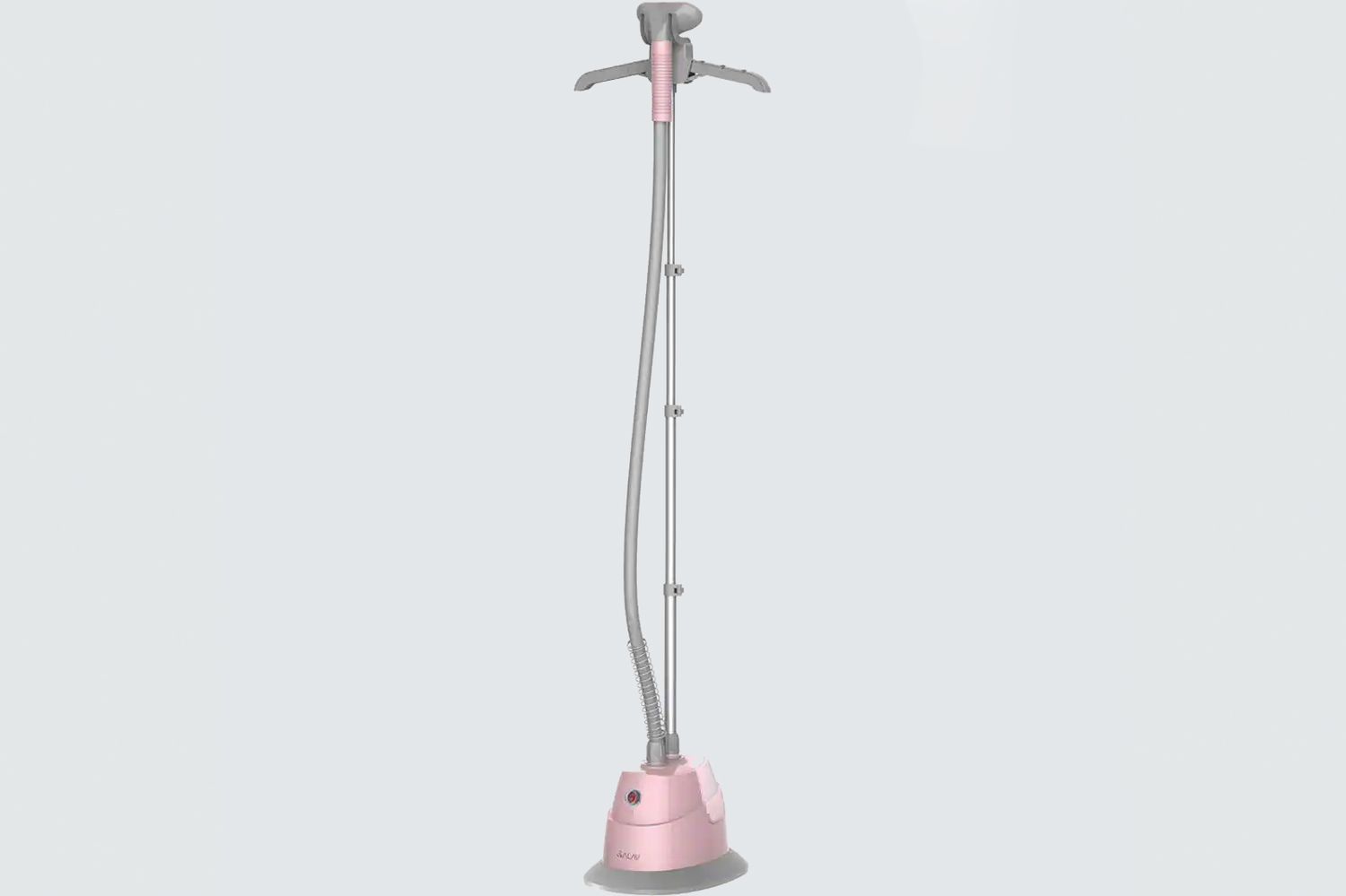
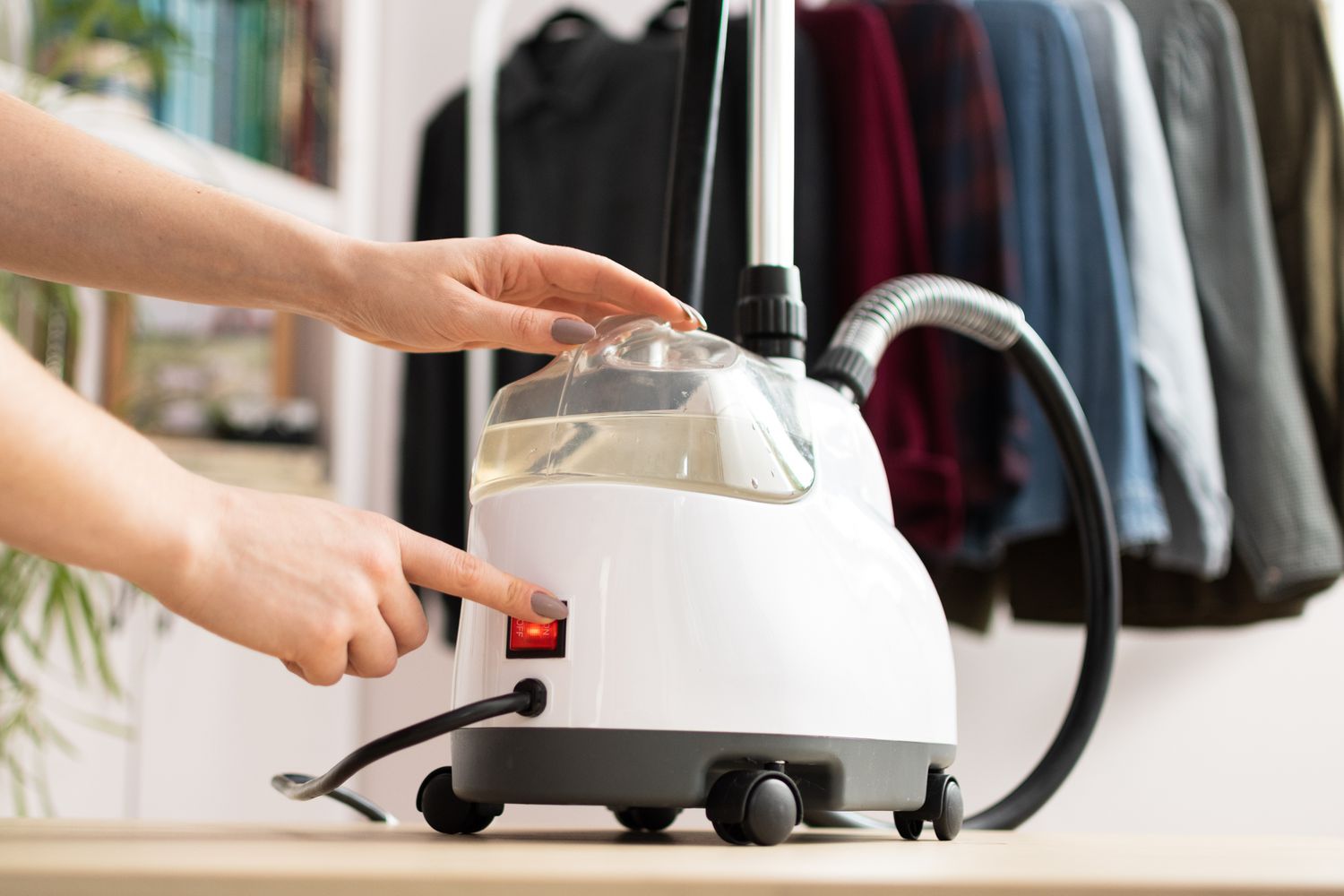
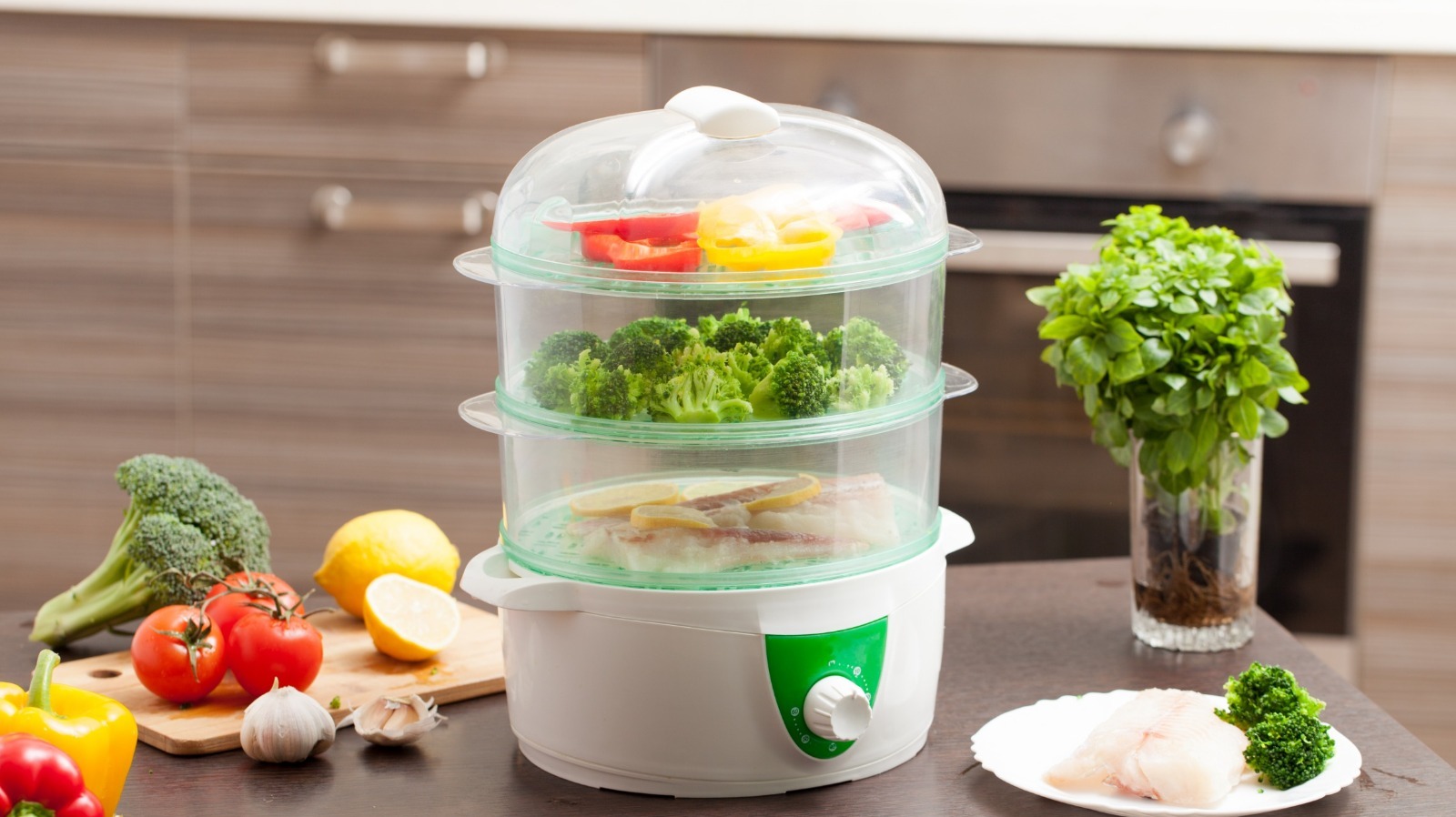
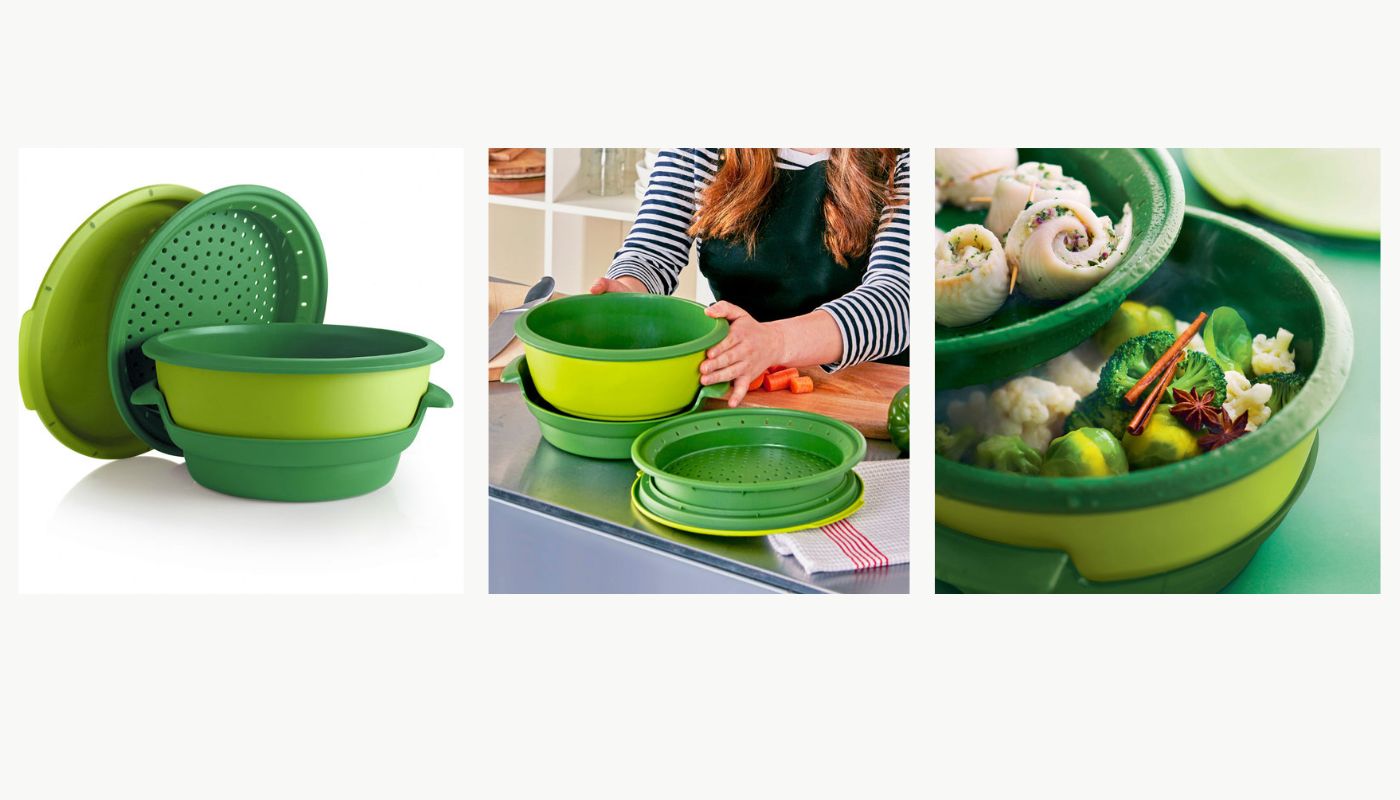

0 thoughts on “How To Use A Steamer For Food”